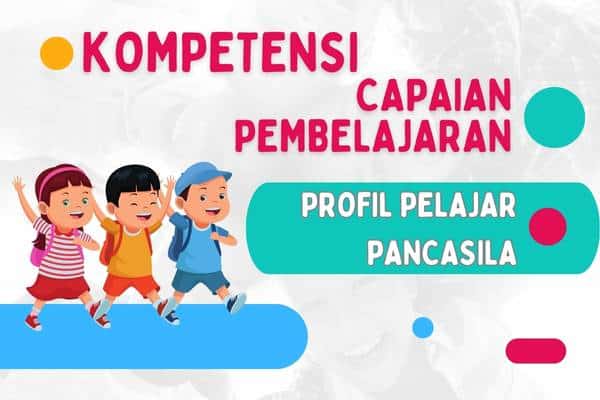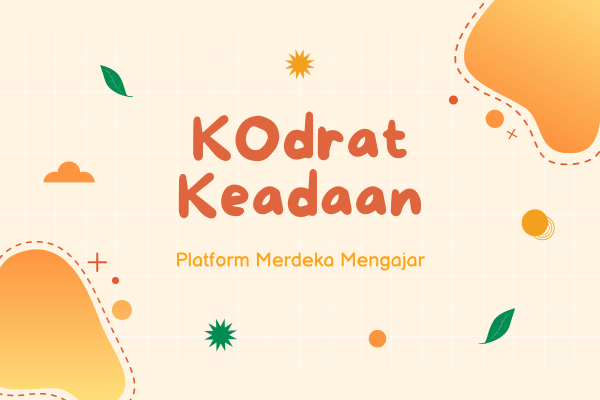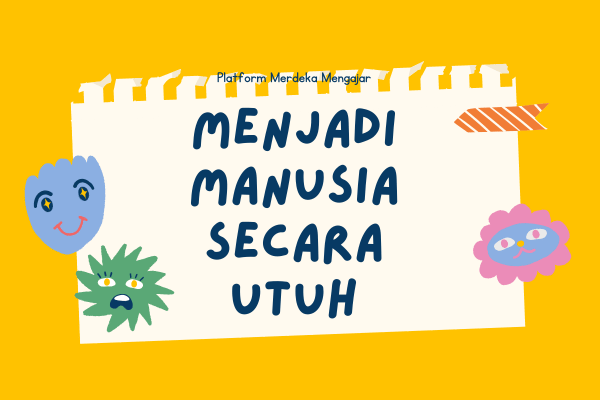How to develop the Pancasila student profile in classroom learning?
Competencies, Learning Achievements, and the Pancasila Student Profile
In the structure of the Merdeka Curriculum, learning achievements play an important role. Learning achievements refer to the goals to be achieved in the education process. However, there is a close relationship between competencies, learning achievements, and the Pancasila student profile. Before discussing the connection between these three aspects, we need to understand the Pancasila student profile first.
The Pancasila student profile describes the characteristics expected to be formed in every student as they progress in their education. To realize the Pancasila student profile, cooperation from all components of the educational unit is crucial. The Pancasila student profile consists of six dimensions, namely belief in one God, noble character, independence, critical thinking, creativity, cooperation, and global diversity. These six dimensions should be consistently developed from the foundation phase in early childhood education (PAUD) to after graduating from high school. The Pancasila student profile is the main focus of the national education system, and formulating it is an important step in improving the quality of education in Indonesia, including curriculum planning.
The process of realizing the Pancasila student profile
Educational units are responsible for developing all six dimensions of the Pancasila student profile. Daily learning activities and experiences should be related to these six dimensions. These dimensions serve as guidelines for teachers to translate learning achievements into learning objectives and teaching modules. The learning environment also needs to be designed in a way that aligns with the Pancasila student profile.
The process of realizing the Pancasila student profile can be likened to planting seeds. Plants require fertile soil and sufficient sunlight to grow well. The environment where the plant grows can be considered as the learning environment, while water and additional nutrients needed by the plant can be likened to daily learning activities in the classroom. If the seeds have a conducive growth environment, receive adequate water, and good nutrients every day, the plants can grow strong and sturdy.
How to develop the Pancasila student profile in classroom learning?
As an example, let's look at a social studies lesson taught by a teacher named Mrs. Sari in a junior high school. Mrs. Sari and her students are learning about the concept of managing simple finances in the digital era. They analyze needs and desires when buying something, collect data on human efforts to meet needs in their surroundings in groups, interview sources about technological advancements in financial management, such as digital wallets and online banking. Additionally, they analyze the risks of buying on credit or installments, both directly and through digital applications. At the end of the lesson, the students are encouraged to set goals based on monetary or financial values, such as a goal to buy a bag worth 100,000 within 1 month. They then plan their finances to achieve that goal by recording daily expenses and determining how much money they can save each week.
Through this lesson, Mrs. Sari instills the dimension of independence in her students. They are taught to seek information independently and learn to manage finances on their own. They are also encouraged to think critically through discussions and analysis of related concepts and risks. Furthermore, through group activities, they also learn cooperation. In this lesson, Mrs. Sari successfully instills the dimensions of the Pancasila student profile in her students through learning achievements implemented in their daily learning activities and experiences.
Conclusion
Every teacher, without exception, plays an important role in realizing all six dimensions of the Pancasila student profile. When planning lessons, each teacher should consider how their subject can instill these dimensions. Thus, teachers can provide meaningful learning activities that build competencies and character in accordance with the Pancasila student profile.
In the effort to realize the Pancasila student profile, synergy among educational units, teachers, parents, and all education stakeholders is crucial. The commitment and collaboration of all parties will contribute to the formation of students with strong character, competence, and love for Pancasila as the foundation of the state. Through comprehensive and continuous learning processes, we can create a generation ready to face the challenges of the global world while upholding Pancasila values in their actions and decisions.







